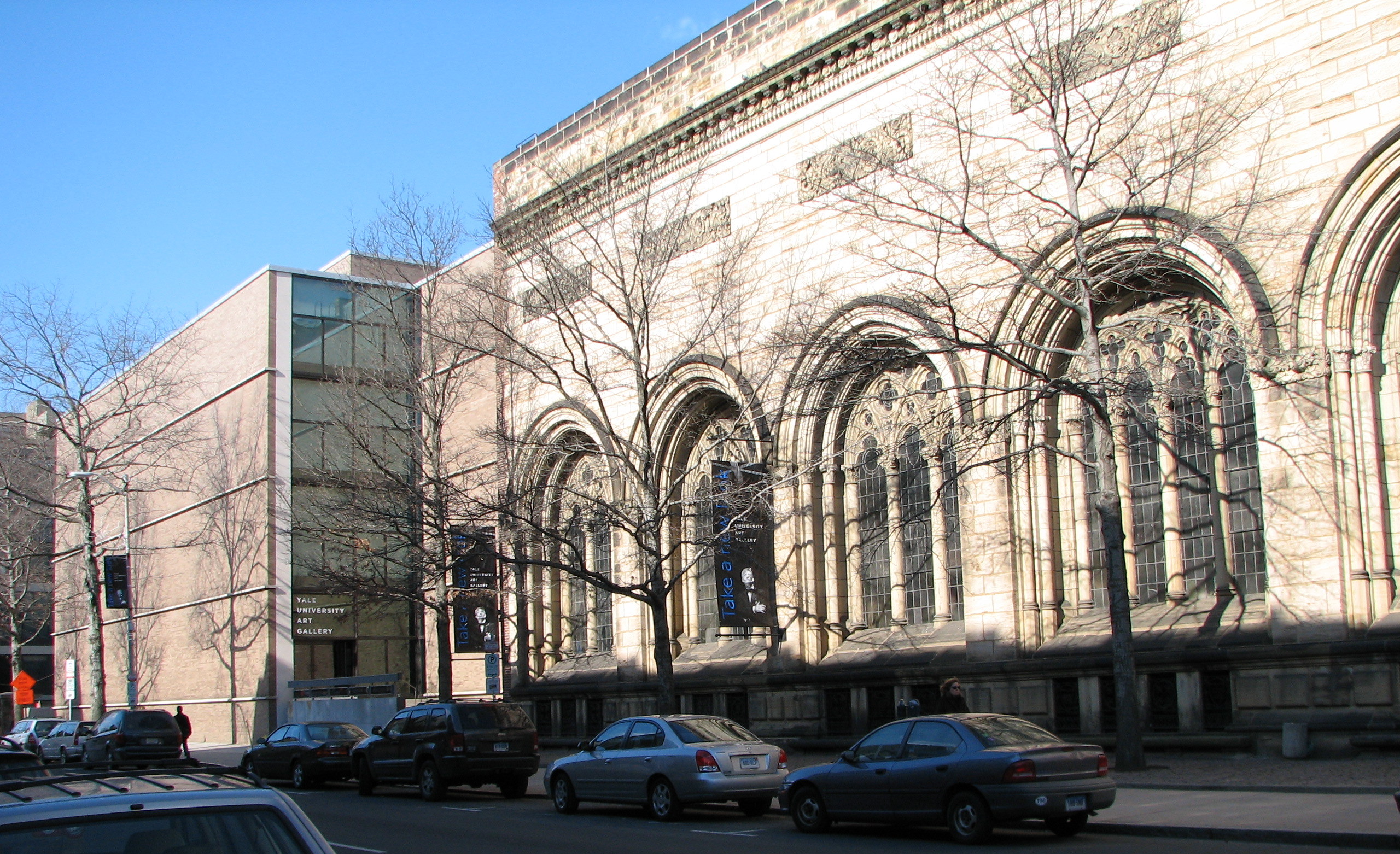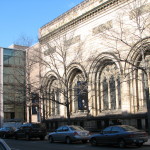by Ryan Wilson
Like millions of other kids since the early 20th century, I grew up on superhero cartoons and comics. These stories made up of bright, fantastic colors both on the screen and on the page, made up some of the most enjoyable moments of my childhood. For me and many other kids, the adventures of costumed heroes imparted in us a sense of “truth, justice, and the American way.” As a Black child, I often found myself misrepresented, nonexistent, or always a supporting cast member. In worlds full of aliens, magic, and mutants, time and time again it was implied that the narrative of people who looked like me was not important.
As highlighted by the “Black Pulp!” art exhibit at the Yale School of Art’s Edgewood Avenue Gallery, struggles surrounding the recognition and representation of Black narratives are not new. The journals, novels, dustjackets, cartoons, comics, and contemporary art pieces on display illustrate the historical and ongoing debates surrounding Black personhood and the problems that have encompassed Black identity. The historical works cover a variety of still important topics ranging from segregation, to racial stereotypes, to police brutality.
Within this sampling of generations of Black popular imagination are the too often overlooked perspectives of Black Americans regarding not only topics centered on Blackness, but also issues like war, or everyday issues of family and romance.
Alongside Black pacifist journals calling for the ends of WWII and the Vietnam War, there are comics drawn by cartoon artist Jackie Ormes. Defying the cultural and drawn stereotypes surrounding Black women in the 1950s, Ormes created a relatively long running comic about an independent, successful, modern Black woman in a time when female writers and illustrators struggled to gain success. Other works in the collection include early comics of Black superheroes such as Black Panther, Luke Cage, and my childhood favorite, Static Shock.
One of the most important aspects of this exhibit is that it showcases art that returns agency over Black bodies and stories to Black characters. Too often the Black experience is having to hear yourself be discussed without being included in the conversation. These exclusions can happen for a variety of reasons, from being intentionally kept out to never being told or shown that joining is a possibility. The works in “Black Pulp!” not only include Black voices and characters, but centralizes them in their own narratives.
We are living in a time when American cities are constantly having anti-police brutality protests, primarily Black communities live in areas with undrinkable water, and students of color across the country are demanding inclusion in curriculums and representation in administration and faculty. It is apparent now that the inclusion of the perspectives of Black people is vital in creating a more just and equitable society.
Engaging with the multitude of art forms present at the “Black Pulp!” exhibit plays an important role in acknowledging Black voices and contributions to popular culture and American thought. To ignore these voices is to ignore the humanity of the artists and the subjects that the artists have sought to represent. Popular culture and societal values shape one another.
“Black Pulp!” combats and refutes the degradation and ignorance of Black bodies in popular fiction so as to combat the destruction of Black bodies in real life. The exhibit embodies the spirit of the protests at Yale and across the country. It is a call for a change to traditional white-centric narratives and representation. It is the demand for the right to tell our own stories under the threat of nonexistence. The sentiment of the exhibit is best captured by Audre Lorde’s words when she said “If I didn’t define myself for myself, I would be crunched into other people’s fantasies for me and eaten alive.”
The Black Pulp! Exhibit was curated by artists William Villalongo and Mark Thomas Gibson. It will be up in the Edgewood Gallery until March 11th.



